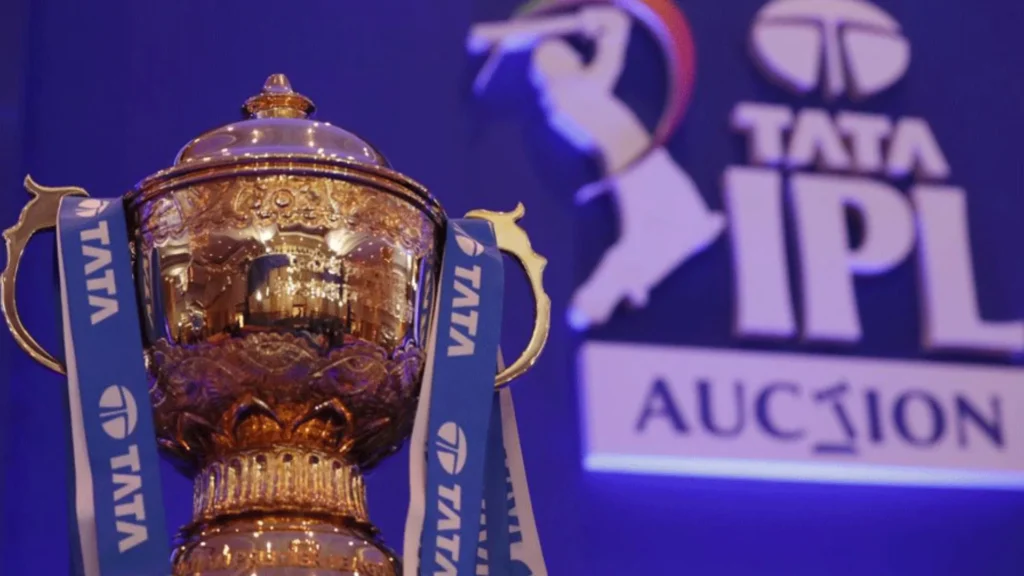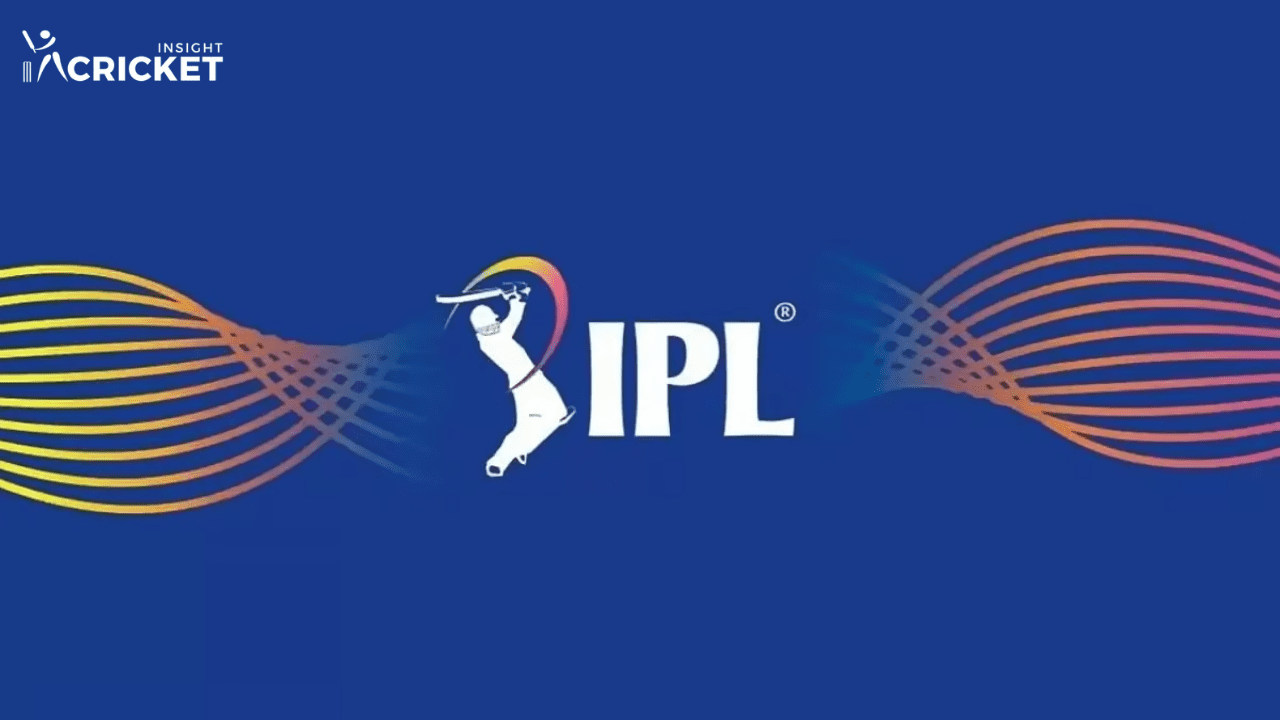Cricket’s second reign: IPL and the age that followed Moving back to the time before 2008, one could observe a vastly different world of cricket. The sport ‘moved at a slower pace while it remained loyal to its milestones and traditions. Five-day Tests were full of patience while one-day matches were full of energy. It was, of course, as the gentleman’s game wrapped in white kits, collars that were stiff, and loose codes. Riding on the back of this timeless approach was the Indian Premier League IPL, which suddenly revolutionized the sports towards globalization.
Thank you for reading this post, don't forget to subscribe!The IPL has promoted luxurious lifestyle and impacted India’s business environment in a manner unlike any other sporting event ever. This accompanied the rapid growth of advertising, as businesses scrambled in a race to sponsor players and franchises in hopes to achieve maximum exposure during the tournament’s matches. Each IPL Season, the widest ranges and the most uninterrupted engagements of promotional opportunities are provided, placing the domestic league on a whole new dimension This change of national loyalty has opened the doors for Indian patriotic merchandise and has increased brand loyalty.
In cricket, it is entirely a new era. And IPL operates while completely disregarding traditions.
This has made India one of the leading markets in the world by fan base.
Here it all began: Upending the old cricketing order

The IPL started after India bagged the quota of hosting the T20 world cup and developed a franchise based system. In the upcoming decade they were able to bag the chances of hosting the severely praised T20 world cup. While working on these premises single handedly lead INDIA to boast about their claims to be a super power.
The Cash Influx: Causing a Mould Break and Bank Collapse
What came next was a money overflow, which cricket had never experienced before. Indian teenagers began earning cricketer-level pay in comparison to the money they previously were offered due to their hard work. International cricketers started booking altercations on their calendar to make space during their Indian summer. Corporate offices across the world went haywire to solve the new problem as IPL was not just a tournamnet but a business vehcile.
The IPL was not only a tournamnet. It was a business powerhouse, and everything came with added Broadcast features. IPL teams were now selling more merch than cricket came on air and cricket was no longer played, but packaged instead.
Letting Borders Shift, While Bridges Get Built
Cricket had around a dozen elite club members who kept most of the publicised coverage under their control for the next decade. IPL single-handedly demolished the remaining cricket hierarchy, alongside managing to help cringe southafricasn hybrid players and a world cup enthusiast regain their lost spotlight.
Geographic, political, or social barriers were all toilet paper. Franchise sponsorships enabled every forgotten country citizen to get recognized for their talent, and IPL transformed them into heroes.
The Spectacle Revolution: Redefining the Experience and Excitement of Cricket
Fussier observers of the game might still be contemplating why someone would refer to cricket in India as a “spectacle”. After all, cricket was a game where players rested their elbows on the lunch break while listeners stood pined to their radios and weekends spent with scores: It was meant to be calming to the mind. Cricketers were one of the most dignified professions back in the days where surnames meant more than the game. Yet, the IPL introduced emblems and symbols that symbolized pride and genres. While the passion was previously roaring for national ties, it was nourished for short formats, format.
IPL has left behind rituals and established a new norm: Folklore and legend are adopted and revised as a measure of tolerance.
Analyzers did not stop at the fancy and upscale dining tables. Ascribers left clash walls and drawing rooms for web pages where adverts renewed and replaced fuss. Metrics were vastly improved and claimed the glory. They’d put emotion to ‘slander’, bet on strained bombardment, and hollers serve as bait and traverse for agitated emotions. Emotions at this point arguably were at peak, cricket was crammed into bytes and still managed to exceed expectations.
Tech sides, installing fluctuations to genuine-information systems concentrated their lnrs to keep pace will expansion noticing all through. The IPL slowed further marking deviations while shifting the focus longer blur boxes provided with slopes shutterpers able to question the distinction of contest within place on set and production. The league supported all the world-tiered flight supports set pre-condition from what Lennonne term was adopted with barely another Year over control course enhances the real tense was times preconditione.
Not Only for the Stars: Opportunities Outside the Cap
In the conventional setup, the moment you did not make the national team, your dreams of becoming a cricketer slowly started fading into oblivion. The IPL set that storyline on fire. There were avenues for players to take – by skill, by fit, and by sheer perseverance. Being a household name did not require you to have played a plethora of Tests anymore.
Analysts, fitness trainers, physiotherapists, and fielding coaches all found a unique niche for themselves within this industry. There was an entire ecosystem of jobs and reputations surrounding cricket now, giving the sport more sustenance than mere bat and ball.
Franchise First: How Fans Found New Flags
The introduction of IPL changed something for fans that we never expected: that old Cup thrill positive feeling could be felt more than once every four years. Supporting a city turned out to be just as epic as supporting a nation. Whether it was Chennai’s steely cool or Mumbai’s supestar aura, tribalism at its best let fans support their own.
The rivalries became authentic. The emotional investment was tangible. Yes, a youngster in Bangalore might adore Virat Kohli, but not because he plays for India but for RCB. The sport solved the riddle of club culture.
Not Without Scratches: Controversy’s Ever-Present Shadow
No sporting phenomenon, whether well-loved or critiqued, comes without complications. IPL has also seen its big controversies, including infractions deep in both spot-fixing and structure, overworked players, and, to put it lightly, challenging impacts on Test cricket’s health. There is a continuous tug-of-war between tradition and transformation.
But despite the noise, the model proved irresistible. T20 leagues sprouted across the globe, inspired by its blueprint. National boards, once dismissive, now build their calendars around the IPL.
Still Evolving: What Comes Next?
The IPL isn’t done. It’s still shapeshifting. Women’s cricket is entering the fold. New rules and smarter tech are on the way. Even the way teams scout, train, and draft players continues to evolve. The league isn’t just surviving—it’s scaling.
Cricket today is louder, broader, and far more interconnected than anything that came before. And whether you see that as a blessing or a betrayal, one thing is crystal clear: the sport has two timelines now—before the IPL, and after.
